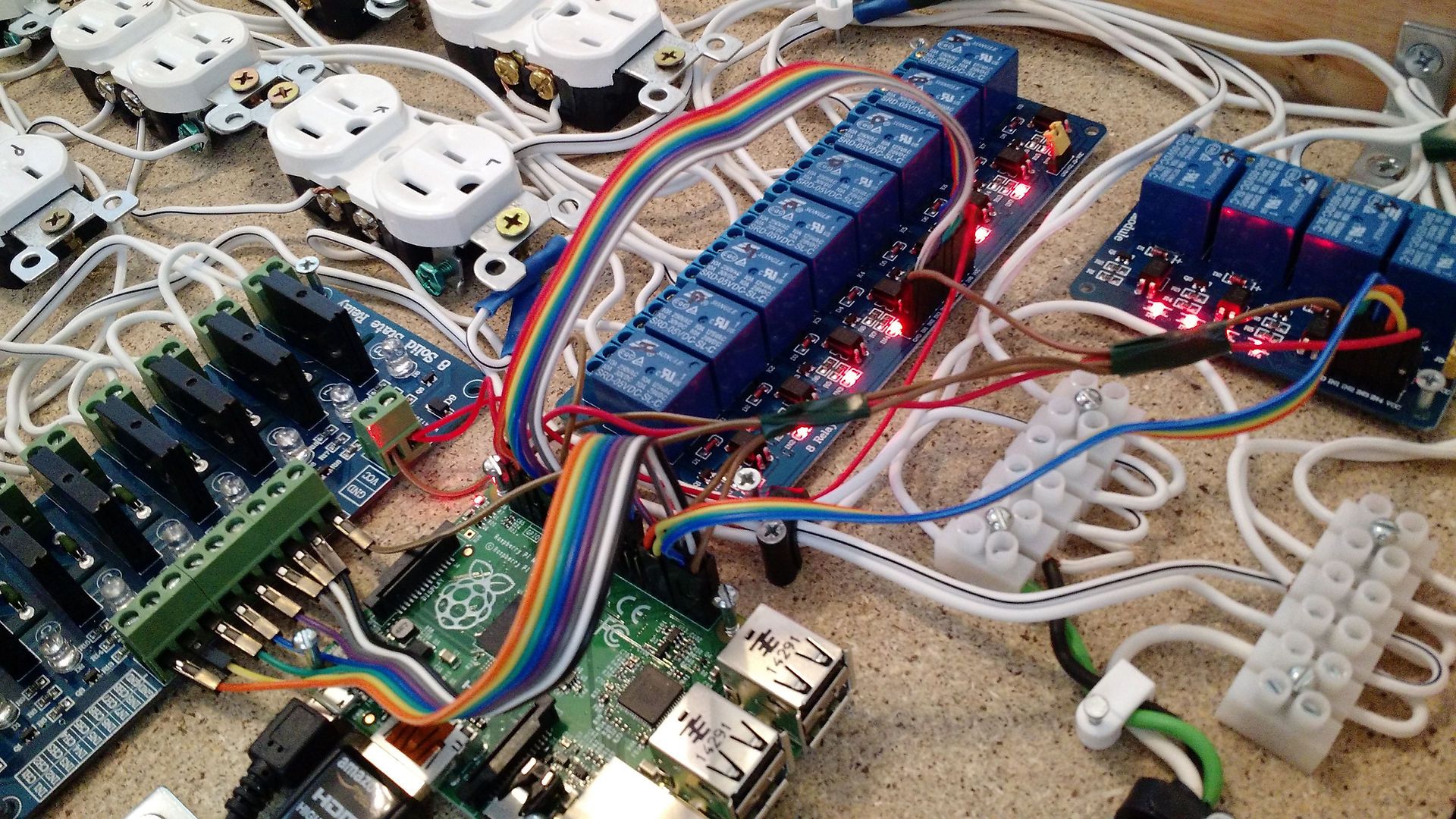
Low Noise Headphone Amplifier

INTRODUCTION:
For the ENGR 301 final project, I will be creating a low-noise headphone amplifier with a purpose of hearing an enhanced output signal through headphones when inputting a phone/device into the input. The process of the project consists of: designing the schematic of the circuit (power supply, left channel, and right channel) and layout of the circuit board, ordering components needed and soldering them onto the PCB board, and lastly testing and adjusting the unit. The purpose of this project is to prepare ourselves for ENGR 696/697 senior project in addition to showcasing it to an employer. In this report, I will be listing and defining some of the important components used, along with their specific roles in the project.
AMPLIFIER DESIGN
-
Non-Inverting Amplifier (OP275)
The non-inverting amplifier (OP275), opposite of the inverting amplifier, plays a huge role in the entire project itself. The non-inverting amplifier executes a positive output gain since the input voltage signal is directly applied to the non-inverting positive input terminal. Also, it produces an output signal that is in phase with the input signal. In the context of the project, the non-inverting amplifier amplifies the input signal.
-
Voltage Divider (Potentiometer)
The potentiometer is a measuring instrument, essentially a voltage divider, used to measure voltage. The instrument contains a three-terminal resistor with a rotatable knob which is used to adjust the voltage divider. In the context of the project, the potentiometer controls the operational amplifier gain.
-
Output Voltage Swing (Transistors)
Transistors are electronic components which can work in two ways, either as an amplifier or a switch. When operating as an amplifier, it takes a small input current at one end and generates a much greater output current at another end (current amplification). When the transistor is operating as a switch, a small current flowing in one part of the transistor switches a much greater current flow at another part. In the context of the project, the output voltage swing is the maximum amount of peak-to-peak output voltage that the operational amplifier can produce, which in this case is between ±15 V.
-
Filter Capacitors
Filter capacitors are used to filter out unwanted low frequencies, usually close to zero hertz. In the context of the project, the filter capacitors are used to filter the pulsating DC output after rectification.
POWER SUPPLY DESIGN
-
Rectifier (Diode)
A rectifier, also known as a diode, converts alternating AC current into DC current by only allowing current to flow in one direction. In the context of the project, the rectifier makes sure that all the currents flow in the proper direction, preventing current from flowing in the opposite direction.
-
Positive and Negative Regulators (±15 V)
The positive and negative regulators are used to maintain a steady voltage. In the context of the project, they are used to maintain the DC voltage and minimize the rippling effect.
-
Bypass Capacitors
Bypass capacitors are crucial to have when it comes to wanting to remove unwanted circuit noise. In order to produce a much smoother DC signal, the bypass capacitor shorts AC signals to the ground so that the AC noise present is eliminated. The noise is caused by other circuit elements and can affect the rest of the circuit. In the context of the project, the bypass capacitors are used to reduce the alternating current noise.
-
Terminal Blocks (Usage)
Terminal blocks are used to connect one circuit to another, such as a power supply or ground. The terminal blocks clamp down wires using a screw which hold the wire in place. In the context of the project, the terminal blocks are used to connect the external components such as the switch, potentiometer, and audio jacks.
CONCLUSION:
The low-noise headphone amplifier project was overall an interesting and enjoyable experience since I was able to design the circuit that was going to be printed onto the board and physically solder the components onto the board myself. It was fascinating to see how the circuit came together and how each component played an important role in order to execute the desired outcome. I learned a lot from this project, starting with understanding the functions of each component on the board to the actual hardware itself. When assembling the circuit, it was very important to be cautious since certain components were polarized and many of the components looked similar, so I had to make sure I was placing them in their correct position. Furthermore, it was great soldering practice, where I was able to acquire a rhythm which became easier to do as I continued. I am extremely glad that I was assigned this project, as I am looking forward to creating similar and more advanced projects in the future.



